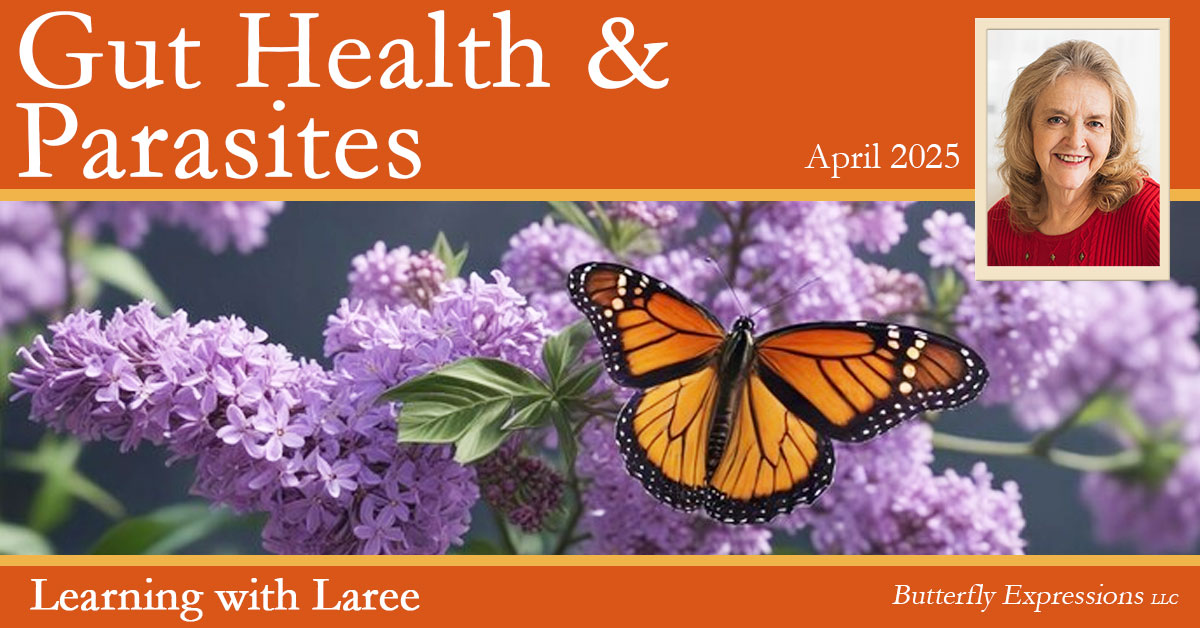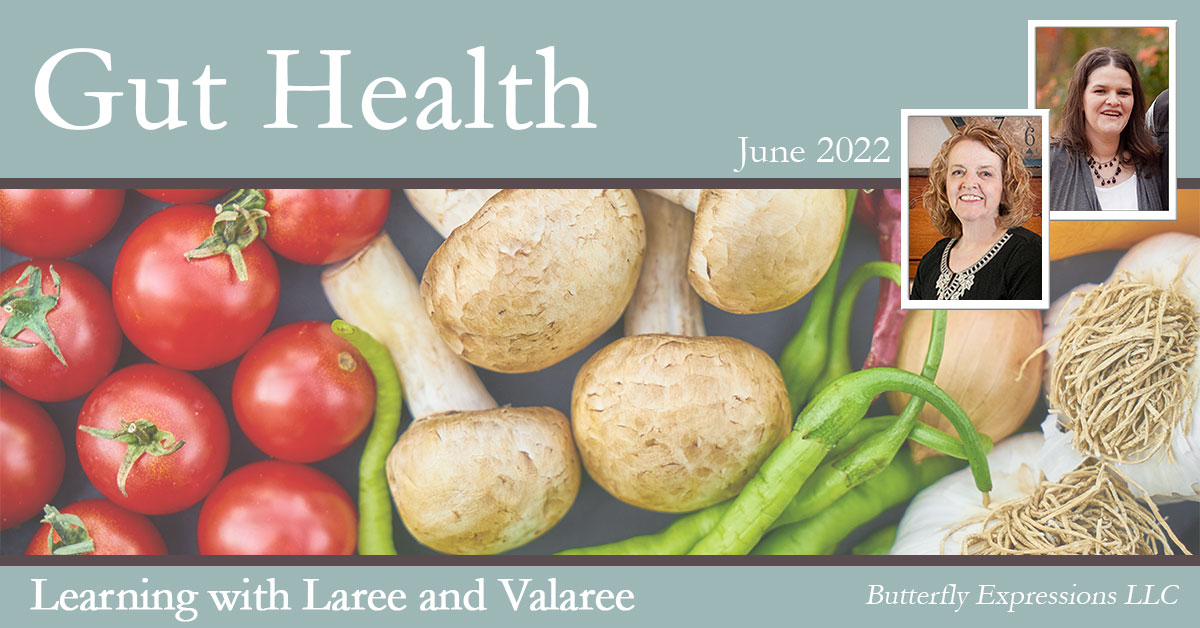this is a page for
Browsing Tag: Colic
How do you define ‘mental wellness’? What does it mean—and what does a person who is mentally stable look and behave like? The name of this month’s second-essential-oil-blend special came to mind immediately! Resilience! YES! Such a person would be well-balanced and able to handle—and handle well—whatever life (and people and/or circumstances) may send their way! Such a person would be known for their kindness, their compassion, and for the genuine love they have for themselves and those around them. I am fortunate—and very blessed—to have many such people in my life.
Personal note: I recently had a birthday. It could have been hard due to grief and loss that will be forever associated in our family with that day and with Thanksgiving day and week. However, my phone kept ‘beeping’ with messages, and every time I opened my e-mail or social media, there were a dozen friends or so checking in and lifting my spirits, and offering me courage and peace. What a beautiful few days I have had!
This month’s specials targeting ‘mental wellness’ and the things I will try to teach you about these remedies that I consider nothing less than ‘gifts from Heaven’ are my way (and Butterfly’s way) of telling you how much we love and appreciate you all and your faith in us as you let us try to provide for you some of the things that have blessed the lives of my family (and so many others) for so long!
During sleep, our bodies should be working to support healthy brain function and maintain our physical health.
How is that working for you?
I hope very well! But, if not, I hope something in this article can help you! There are few things in life more frustrating—and more detrimental to our health—than lying awake, so very tired, but unable to sleep. Not getting enough good quality sleep is, however, more than just frustrating because sleep is a very essential function! Without sufficient rest/sleep, it is impossible for a person to be well either physically or emotionally! As you sleep, your body and mind get a chance to recharge. If that ‘recharging’ gets accomplished, you should wake up refreshed, energetic, and alert. If not . . .?
During childhood and into the teenage years, sleep also supports growth and development. Getting inadequate sleep over time increases the risk of chronic (long-term) health problems.
Studies show that when we don’t get quality sleep or enough sleep, our immune system gets disrupted and weakened. This, of course, makes it more likely that we will get sick when we have been exposed to any sort of illness. Our bodies need sleep to fight infections that are passed from one person to the next. Long-term lack of sleep also raises our risk of obesity, diabetes, depression, high blood pressure, stroke, and heart disease.
I could go on and on here, but let’s just get on to possible solutions!
As I have said often and with emphasis over many years, “All drugs have side effects!”
As an introduction to this section on Alternative Pain Management, I am including parts of an “FDA Drug Safety Communication” issued on July 9, 2015. If you wish to read the entire communication (with pages of additional information for patients and consumers and even more information for Health Care Professionals along with a comprehensive Data Summary) I am providing the link to the FDA announcement itself on the U.S Food & Drug Administration’s web page.
This statement certainly is true of the drugs used for pain management, as is illustrated by these statements taken from the FDA website itself. The use of herbs, essential oils, and Blessed Water or Homeopathic remedies is an effective and safe way to manage pain.
The digestive system is a very intricate and complex system. To my mind, it is much like a fragile ecosystem. There is a constant need for balance in the digestive system, just as there is in nature. The balance between the organs and among the different types of healthy bacteria found in the digestive system is absolutely essential to good health. When the digestive system is not working properly, the body becomes either malnourished or toxic. As a result, all the woes of poor nutrition and/or a toxic system eventually show themselves in the overall health of the body and mind.
Due to the many different organs included in the digestive system and their specific roles in the body, there are a lot of essential oils and herbs which have an ability to impact this system and bring about improvements. This month’s newsletter targets only a few of them. (I know from the length of the article that it seems like we surely must have mentioned them all. Not so—but it did feel like that to me as I wrote it.) I hope you find something useful to you or your family in the information I have tried to present here.
In June we will be talking about gut health. Having a healthy digestive system is important. So much of our health depends upon nutrition – not just what we eat, but how what we eat is digested and absorbed (or not absorbed as the case may be). A healthy gut plays an important part in immune health.
When we hear the term allergy, most people think of such symptoms as a runny nose, red and watering eyes, swelling of some tissues somewhere, rashes, hives, or some other form of itching. With no distinction made, the term allergy is also used to refer to more serious reactions to substances. More serious reactions include headaches, heart palpitations, and, eventually, anaphylactic shock. Among those who work with allergies, these two sets of symptoms are considered to be very separate categories with two separate names. This is true both in the medical world and among “alternative” practitioners, as well. The names most commonly used to distinguish the two categories are allergy and intolerance. Intolerances are sometimes referred to as sensitivities. More information can be found in the blog.





